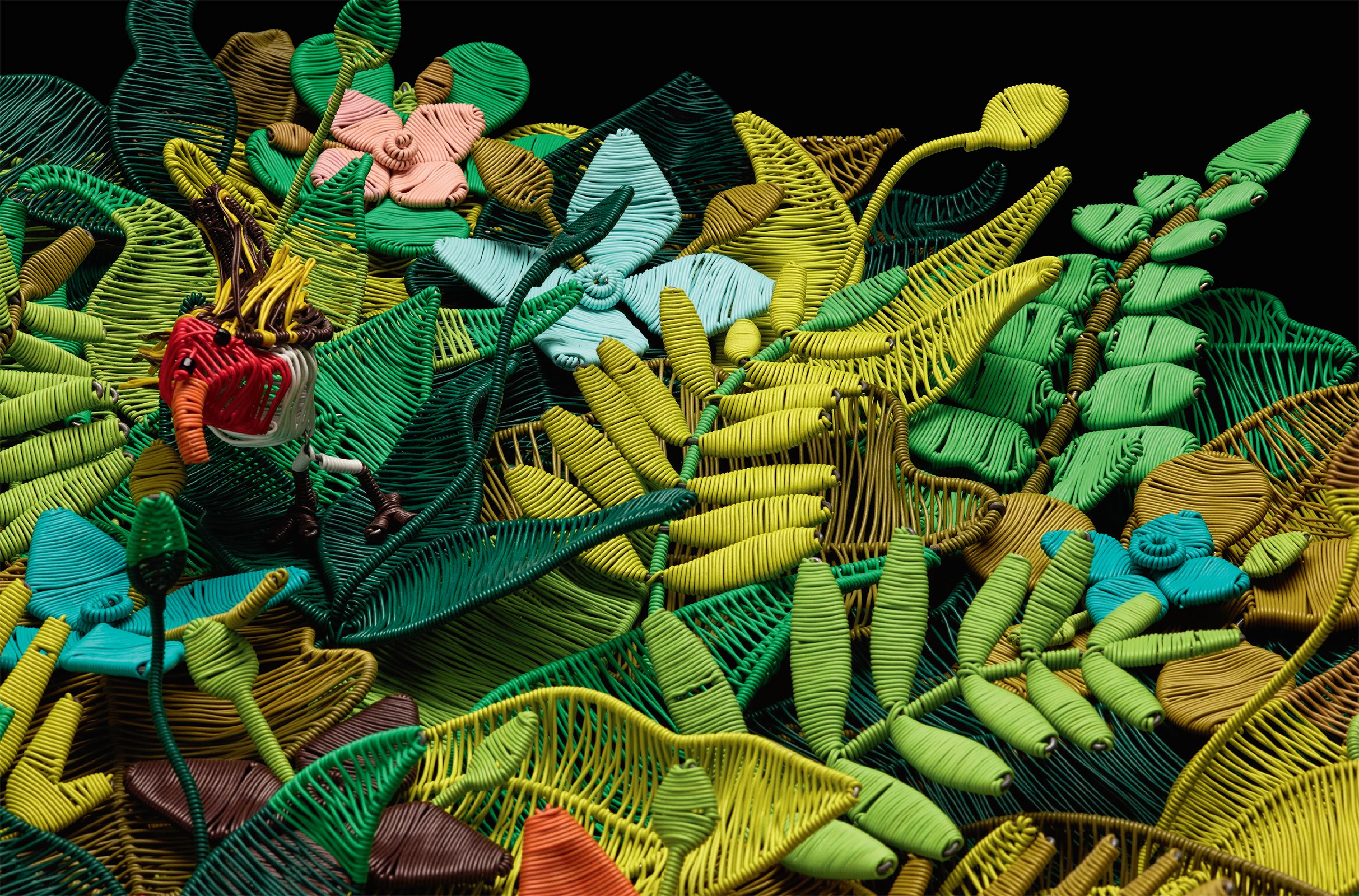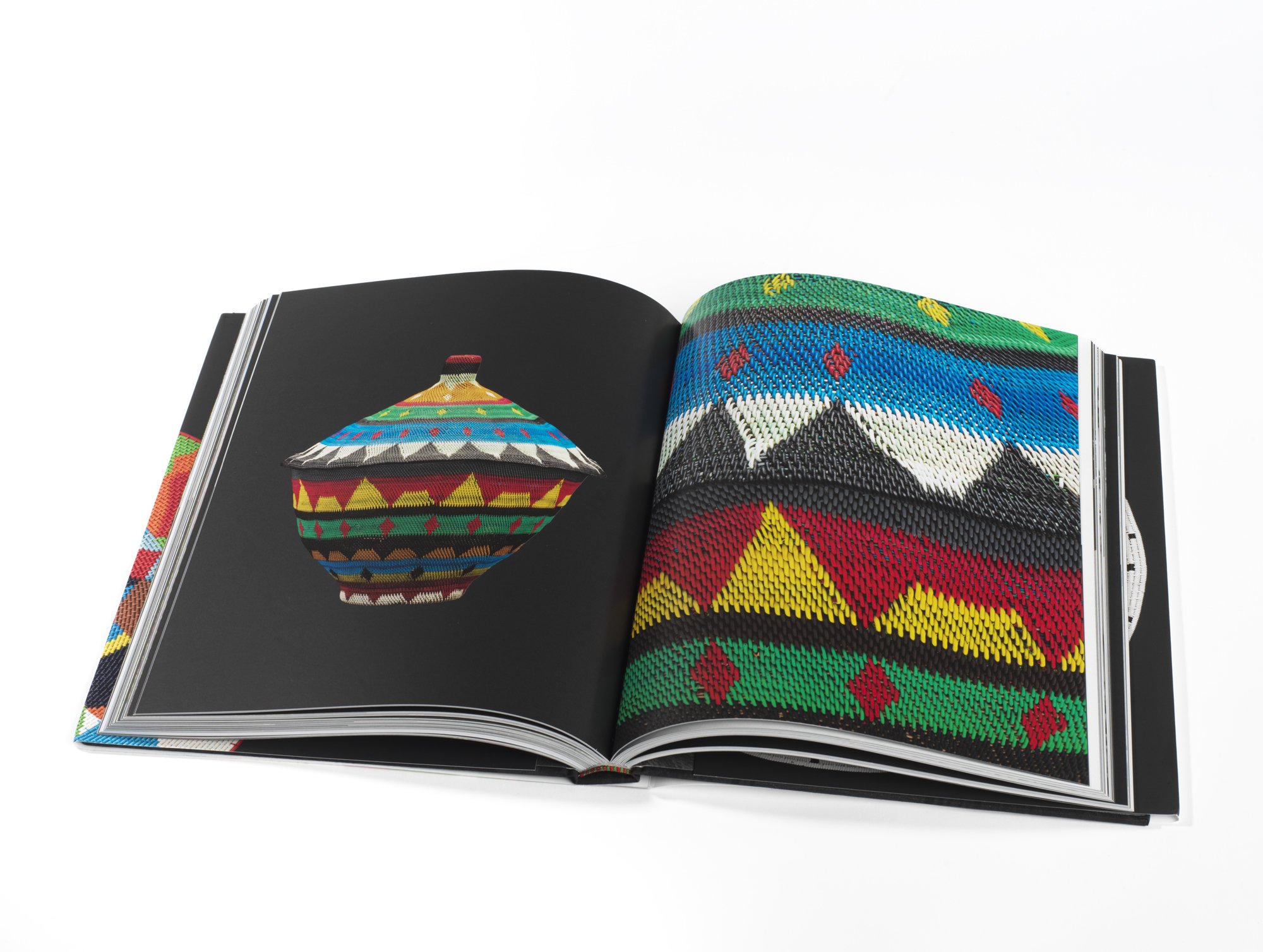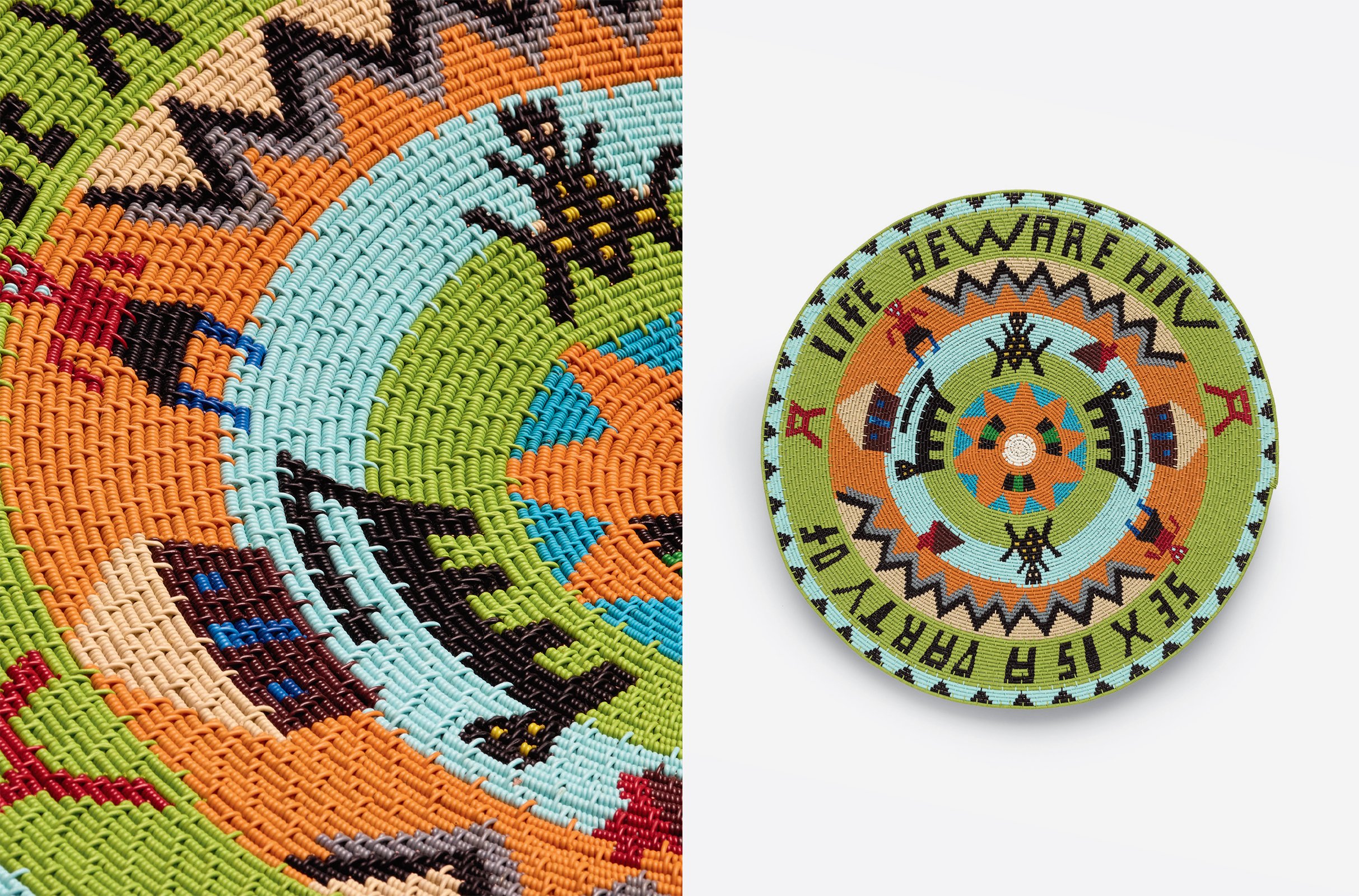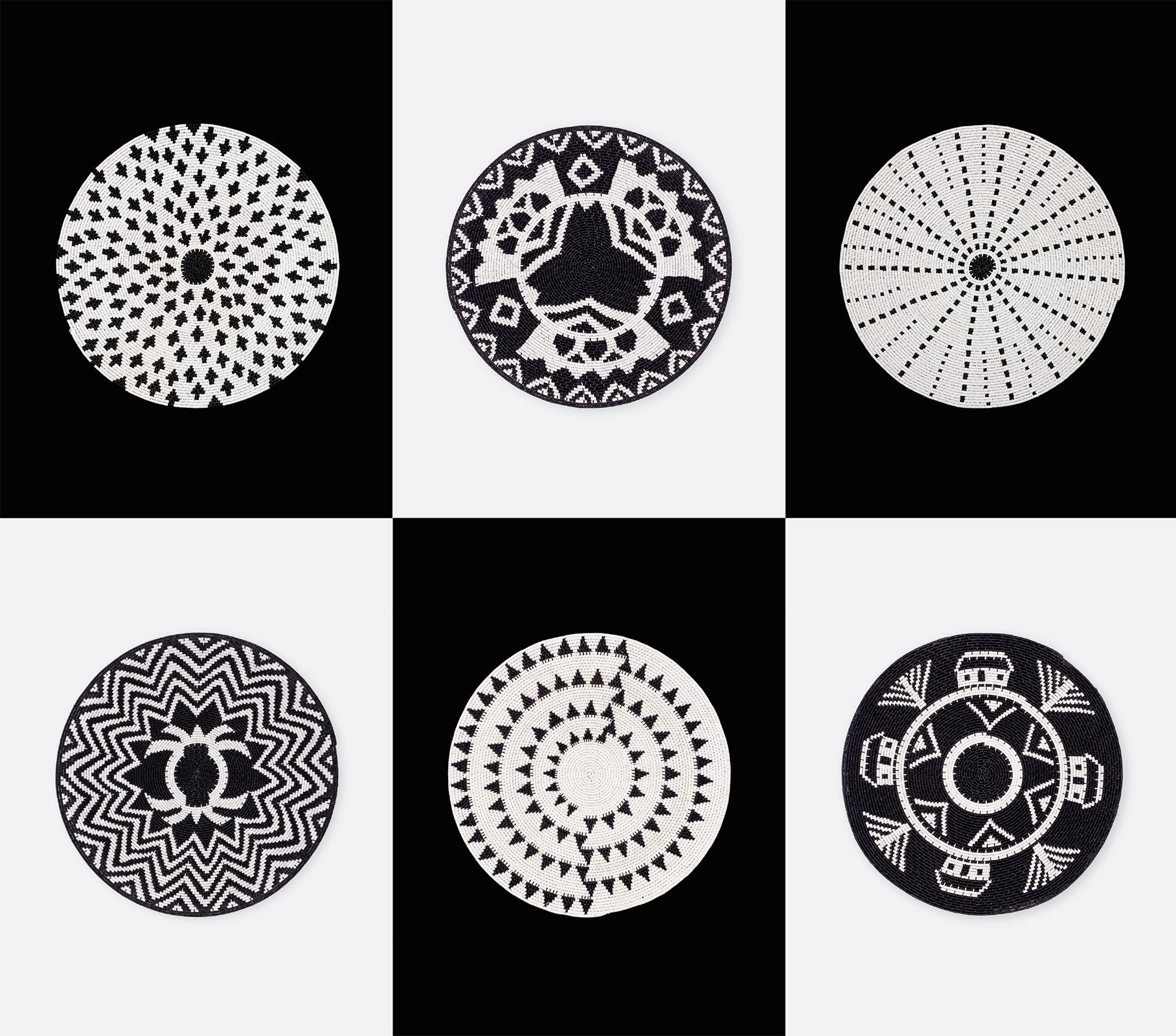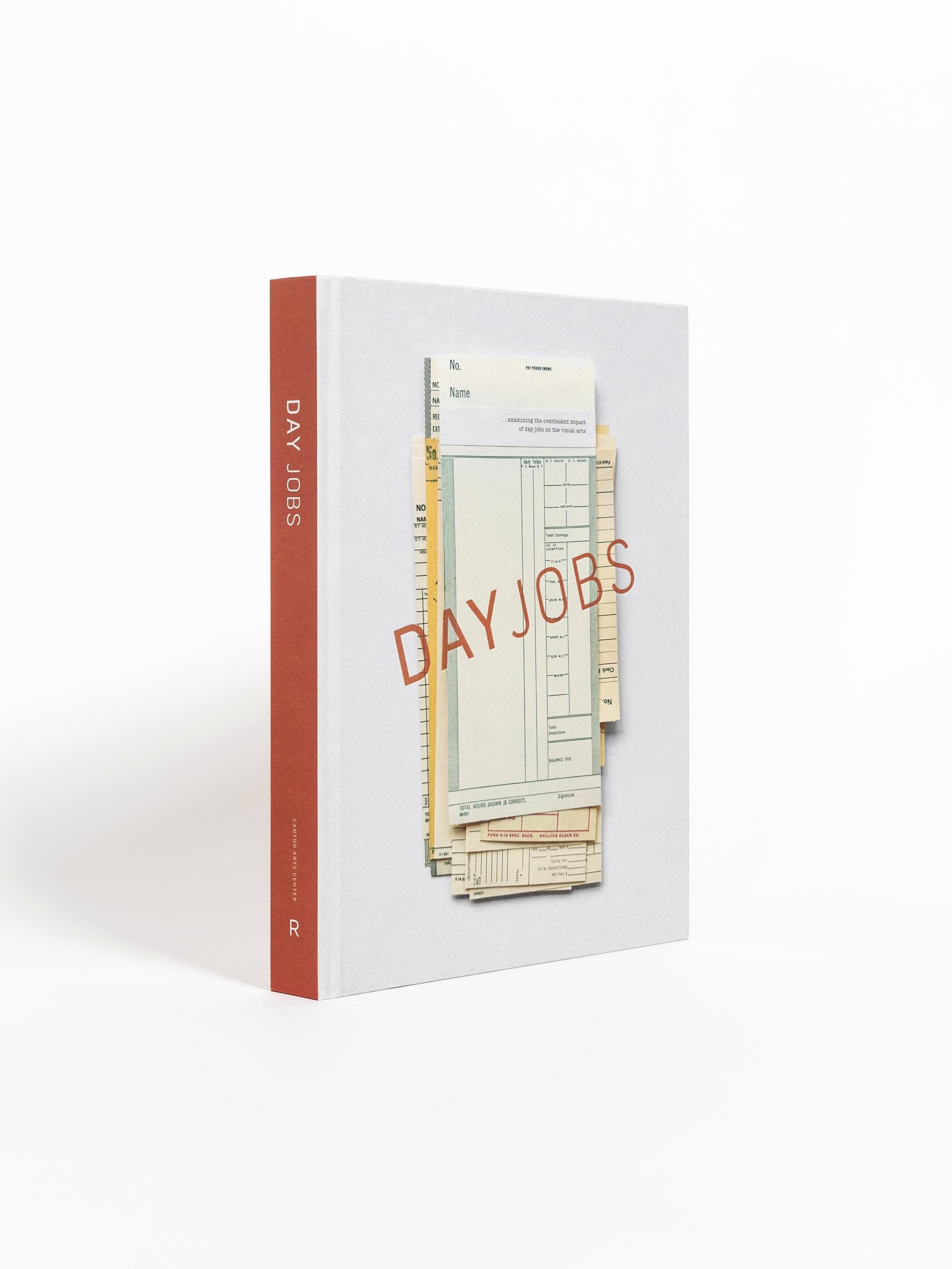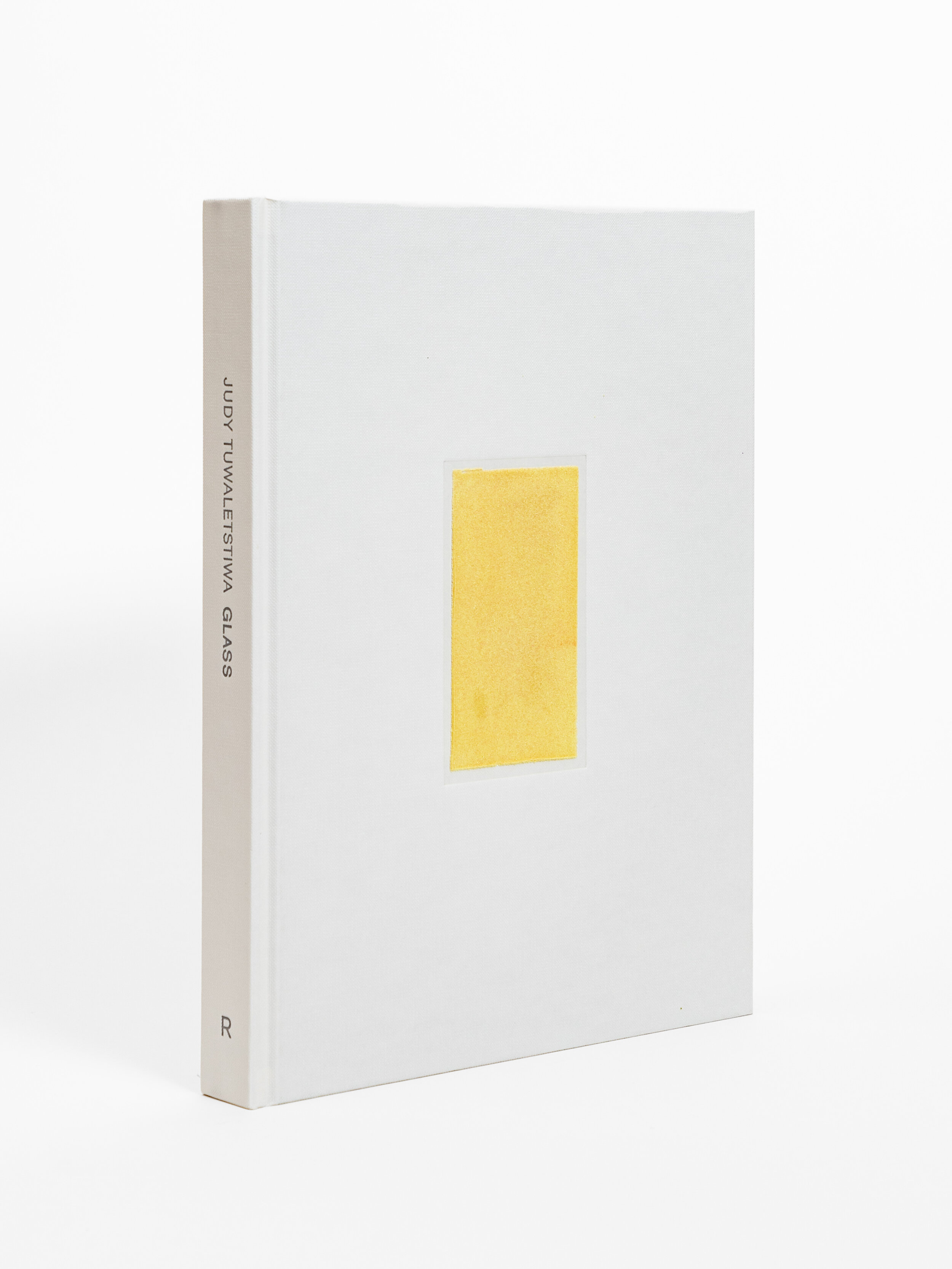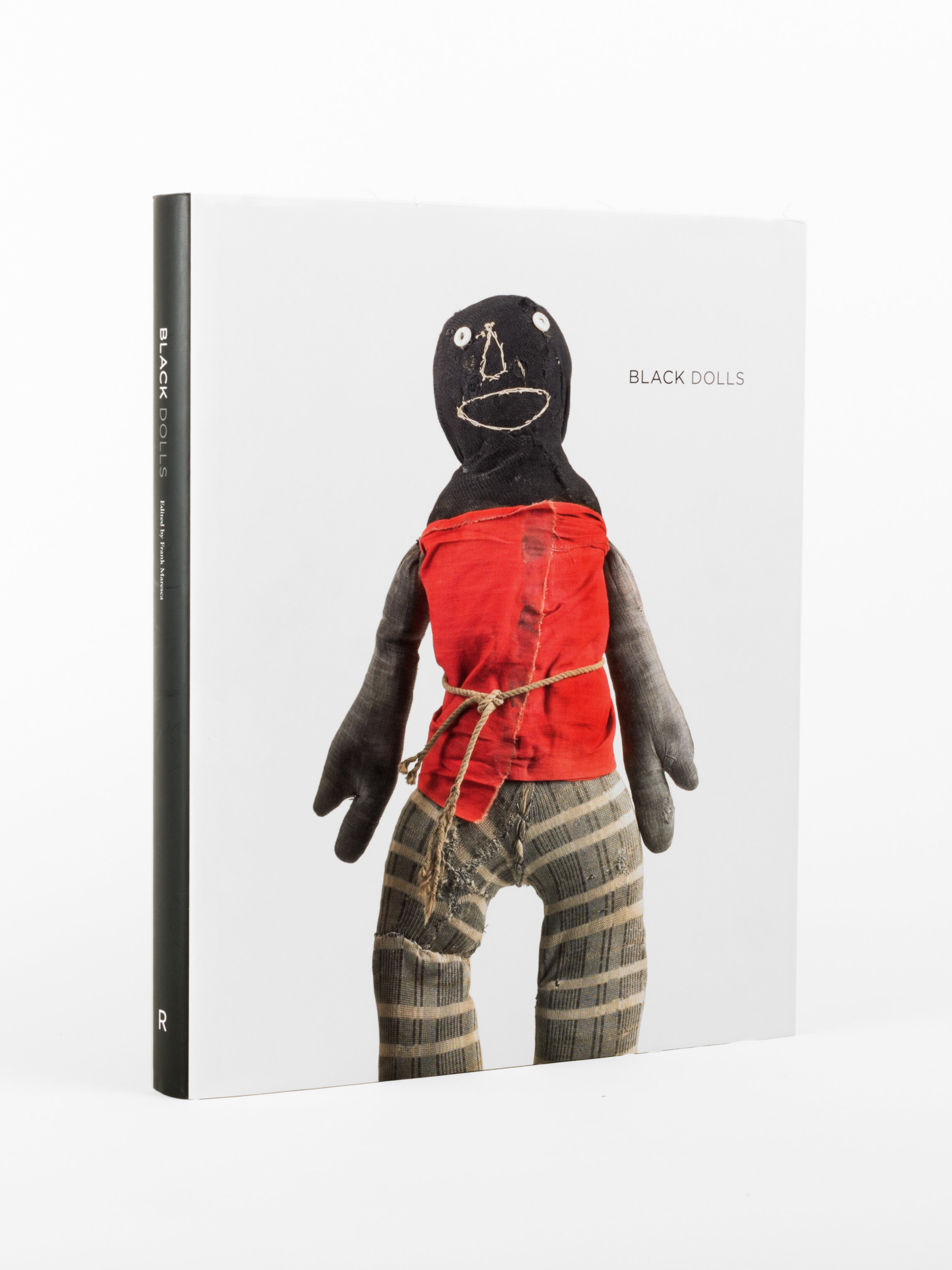Wired: Contemporary Zulu Telephone Wire Baskets
This long-awaited reprint of a sold-out first edition, Wired is the first book to document the development of telephone wire weaving in African art.
With 260 full-color images, Wired showcases the works of the most renowned contemporary weavers, including Dudu Cele, Bheki Dlamini, Alice Gcaba, Zama Khanyile, Mboniseni Khanyile, Ntombifuthi Magwasa, Robert Majola, Zodwa Maphumulo, Simon Mavundla, Elliot Mkhize, Jaheni Mkhize, Alfred Ntuli, Bheki Sibiya, and Vincent Sithole, many of whom have passed away since the publication of the first edition in 2004.
The decorative use of wire has been a feature of African art for centuries. With advancements in telecommunications in the 1960s, a new type of wire became available: multi-colored, plastic-coated copper, referred to as telephone wire. At the time, Zulu night watchmen began to weave scraps of this wire around their traditional sticks. The practice soon became popular among Zulu communities; today, there is great innovation and creativity in the use of the medium. Artists produce objects ranging from soft wire bowls and plates to glass bottle covers, tea sets, isikhetho (beer strainers), and pots, all created in a variety of complex patterns.
Wired includes texts by David Arment, Marisa Fick-Jordaan, and Karel Nel—early enthusiasts and collectors of this art form who have worked not only to expand the market for the artists’ work, but also to provide scholarship and context for the role of telephone wire weaving in traditional and contemporary South African art and craft.
Learn about the limited edition here.
This long-awaited reprint of a sold-out first edition, Wired is the first book to document the development of telephone wire weaving in African art.
With 260 full-color images, Wired showcases the works of the most renowned contemporary weavers, including Dudu Cele, Bheki Dlamini, Alice Gcaba, Zama Khanyile, Mboniseni Khanyile, Ntombifuthi Magwasa, Robert Majola, Zodwa Maphumulo, Simon Mavundla, Elliot Mkhize, Jaheni Mkhize, Alfred Ntuli, Bheki Sibiya, and Vincent Sithole, many of whom have passed away since the publication of the first edition in 2004.
The decorative use of wire has been a feature of African art for centuries. With advancements in telecommunications in the 1960s, a new type of wire became available: multi-colored, plastic-coated copper, referred to as telephone wire. At the time, Zulu night watchmen began to weave scraps of this wire around their traditional sticks. The practice soon became popular among Zulu communities; today, there is great innovation and creativity in the use of the medium. Artists produce objects ranging from soft wire bowls and plates to glass bottle covers, tea sets, isikhetho (beer strainers), and pots, all created in a variety of complex patterns.
Wired includes texts by David Arment, Marisa Fick-Jordaan, and Karel Nel—early enthusiasts and collectors of this art form who have worked not only to expand the market for the artists’ work, but also to provide scholarship and context for the role of telephone wire weaving in traditional and contemporary South African art and craft.
Learn about the limited edition here.
This long-awaited reprint of a sold-out first edition, Wired is the first book to document the development of telephone wire weaving in African art.
With 260 full-color images, Wired showcases the works of the most renowned contemporary weavers, including Dudu Cele, Bheki Dlamini, Alice Gcaba, Zama Khanyile, Mboniseni Khanyile, Ntombifuthi Magwasa, Robert Majola, Zodwa Maphumulo, Simon Mavundla, Elliot Mkhize, Jaheni Mkhize, Alfred Ntuli, Bheki Sibiya, and Vincent Sithole, many of whom have passed away since the publication of the first edition in 2004.
The decorative use of wire has been a feature of African art for centuries. With advancements in telecommunications in the 1960s, a new type of wire became available: multi-colored, plastic-coated copper, referred to as telephone wire. At the time, Zulu night watchmen began to weave scraps of this wire around their traditional sticks. The practice soon became popular among Zulu communities; today, there is great innovation and creativity in the use of the medium. Artists produce objects ranging from soft wire bowls and plates to glass bottle covers, tea sets, isikhetho (beer strainers), and pots, all created in a variety of complex patterns.
Wired includes texts by David Arment, Marisa Fick-Jordaan, and Karel Nel—early enthusiasts and collectors of this art form who have worked not only to expand the market for the artists’ work, but also to provide scholarship and context for the role of telephone wire weaving in traditional and contemporary South African art and craft.
Learn about the limited edition here.
ACCOMPANYING LIMITED EDITION
YOU MAY ALSO LIKE
-
Texts by David Arment, Karen Nel, Paul Mikula, and Marisa Fick-Jordaan
Edited by David Arment & Marisa Fick-JordaanHardcover
9.25 x 12.25 inches
254 pages / 260 images
ISBN: 9798890181008





